Game description:
Suitborn drops players into a closed facility where routine maintenance has turned into a life-threatening task. You play as a worker assigned to a night shift, expected to complete standard operations—fix power, access rooms, and finish logged tasks. But something is moving in the dark. Something that reacts to every sound and light source. There are no weapons, no ways to fight back. You don’t chase the monster. You hide from it. Your only goal is to stay alive long enough to finish what you came to do.
Fear as a Game Mechanic
Unlike many survival games, Suitborn doesn’t rely on fast movement or high-intensity chases. It builds pressure slowly, through silence, dim environments, and your own character’s psychological state. Players are equipped with a flashlight, but using it can reveal their position. Every flick of light increases the risk of detection. On top of that, the game introduces an anxiety system. The more tension your character experiences, the harder they are to control—breathing becomes heavier, movement gets sloppy, and the chance of making noise rises. Staying calm isn’t optional. It’s the only way to keep your movements silent and avoid being tracked.
Tools That Define Survival:
· Flashlight for visibility and interaction
· Emotes that calm your character’s anxiety
· Task-based progression to advance the round
· Light zones that temporarily keep you hidden
· Premium night vision gear for silent movement
· A dynamic stress system that changes how you behave
These tools aren’t just functional—they shape your decisions. Players must constantly choose between seeing what’s ahead or staying hidden in complete darkness. Progress is tied to patience and decision-making, not speed.
Group Play Adds Complexity
Suitborn supports multiplayer sessions with up to four players, transforming the experience from isolated survival to tense cooperation. With more players, tasks can be completed faster—but the risks multiply. Extra movement, overlapping flashlights, and conflicting decisions can draw attention quickly. The game forces teams to act with coordination and restraint. Staying quiet is more difficult in a group, and one player’s anxiety spike can lead the entire team into danger. Communication, pacing, and timing are everything when survival depends on keeping the creature unaware of your presence.
Finishing the Night
Each session in Suitborn ends when tasks are completed and players make it through alive—or when someone is caught. The game doesn’t offer complex upgrade systems or branching storylines. Instead, it focuses on moment-to-moment tension, where every step feels like a decision. It’s a quiet kind of horror—one where the biggest threat isn’t speed or power, but the fear of being seen. Suitborn invites players to test how well they can control their tools, and their nerves. The facility doesn’t change, but the way you survive inside it will.










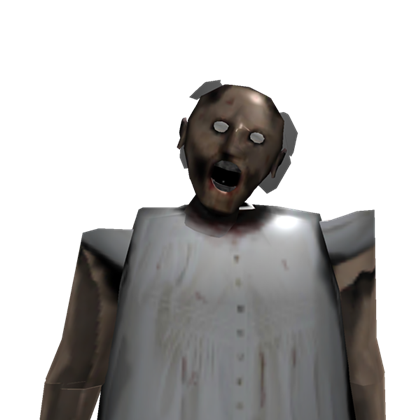





























































































































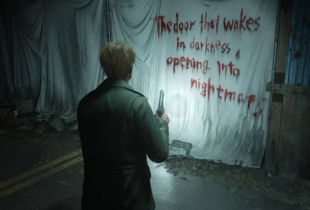
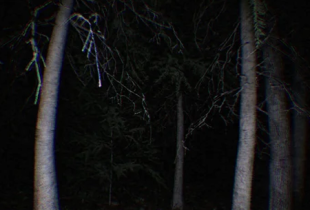
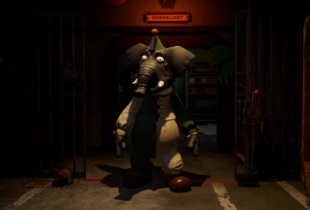
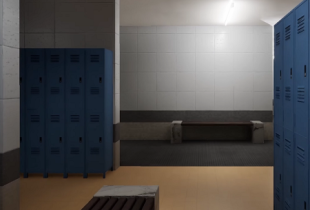
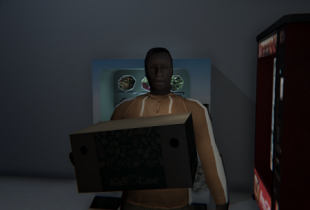
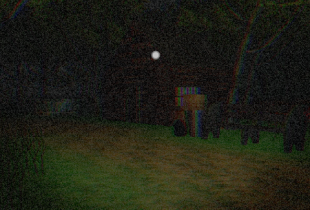
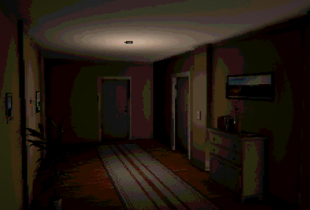
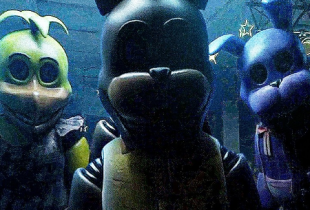
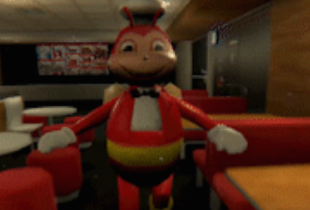
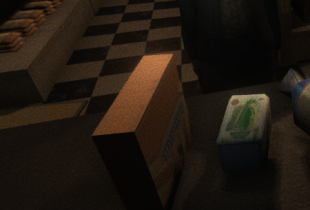
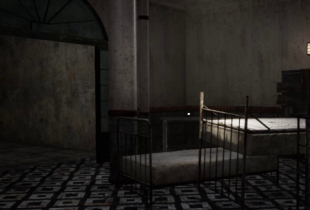
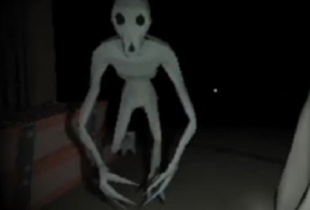
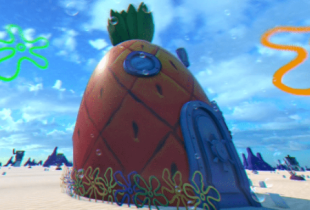

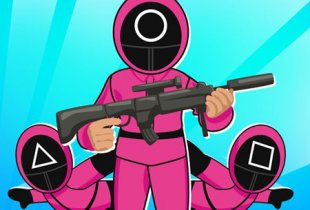
Comments